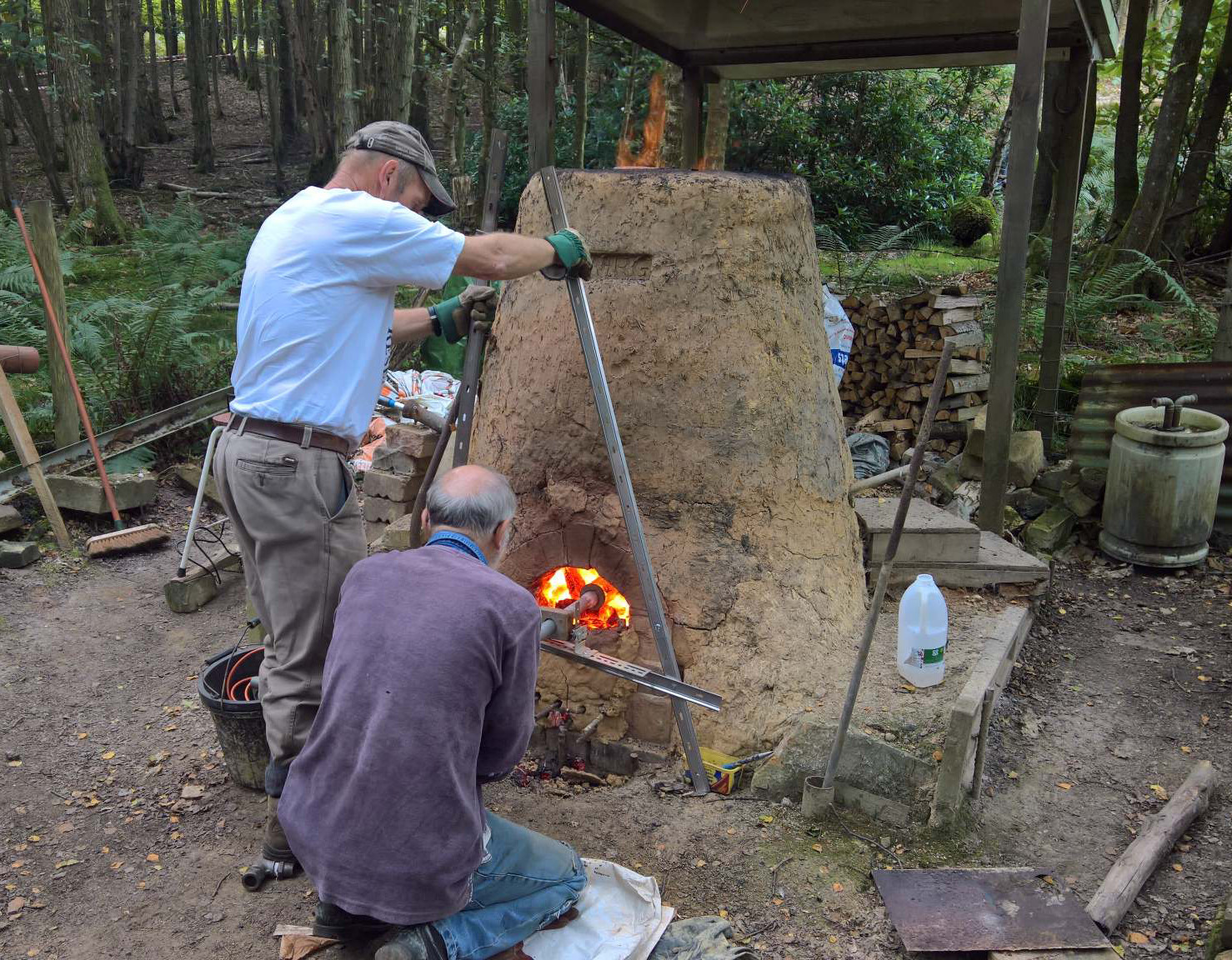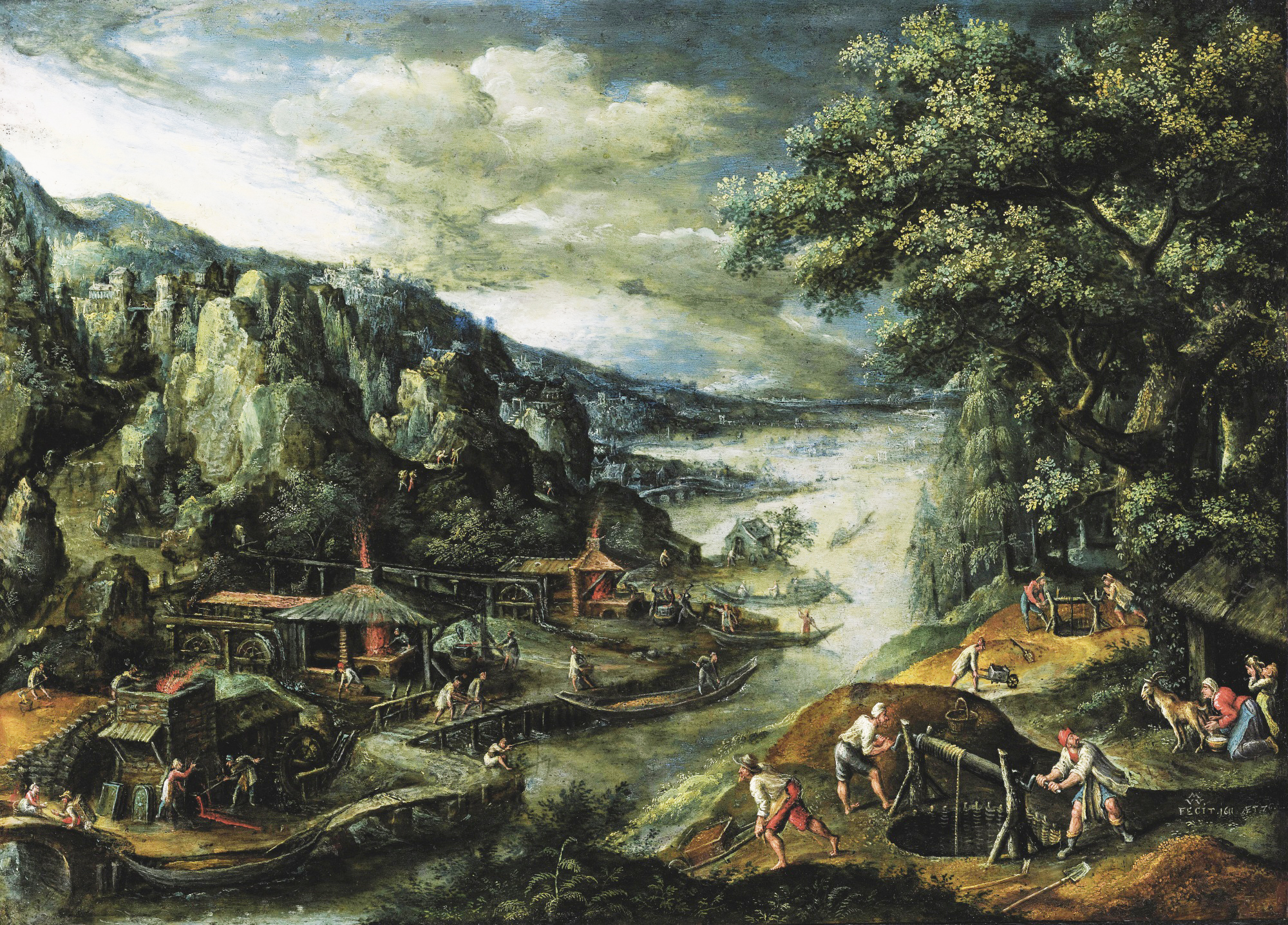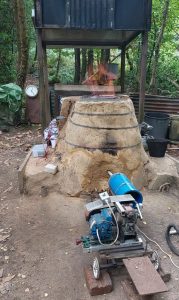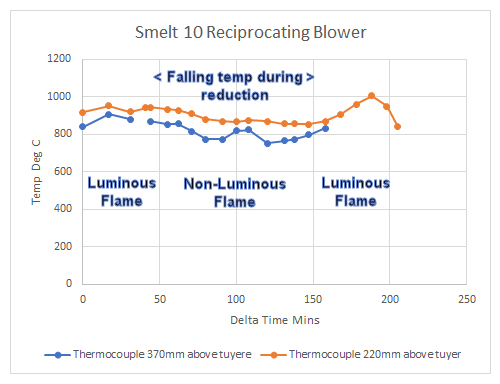
The group carries out experiments in a bloomery furnace similar to those that were operated in the Weald from pre-Roman times until the end of the Middle Ages.
Smelts take place at Pippingford Park which is about six miles south of East Grinstead off the A22, between Wych Cross and Nutley. We will be there from early Saturday morning to preheat the furnace and expect to start charging ore at about 11am with the drawing of the furnace around 3.30pm.
If you wish to attend please contact Tim Smith at the Secretary for detailed instructions how to find the site which is in woodland, and also so you can be informed should the event have to be postponed due to weather conditions which can be too wet (as we use an electrical pump) or too dry as the latter is a fire risk to the surrounding woodland.
Notices will be posted to indicate where to park.
NOTE, the site is in woodland so will be shaded but insects can be fierce so repellent, long sleeved shirt and trousers are recommended.
Attendance requires participants to be members of WIRG. If you are not a member an application form can be downloaded from application form (PDF). The Membership fee is £15 and includes a bi-annual Newsletter and the annual Bulletin Wealden Iron and the option to attend a programme of fieldwork in the autumn and winter, as well as bi-annual meetings with visiting speakers, small-scale excavations, and a variety of other projects undertaken by its members.



